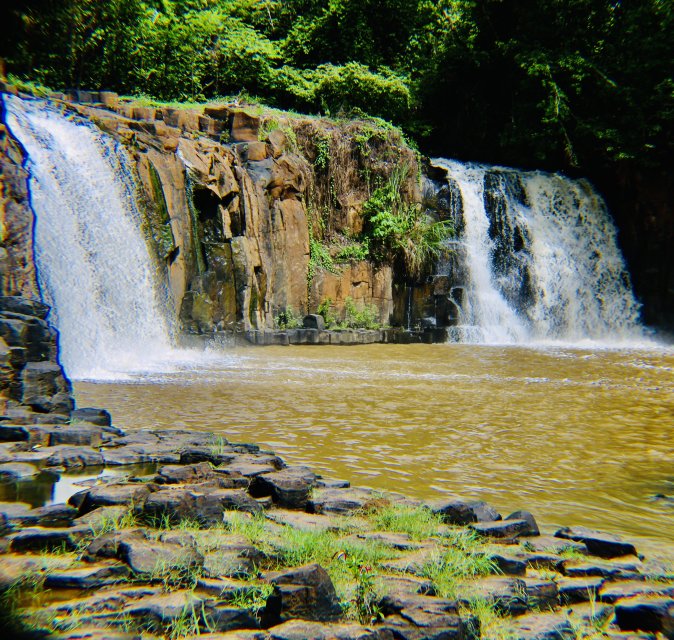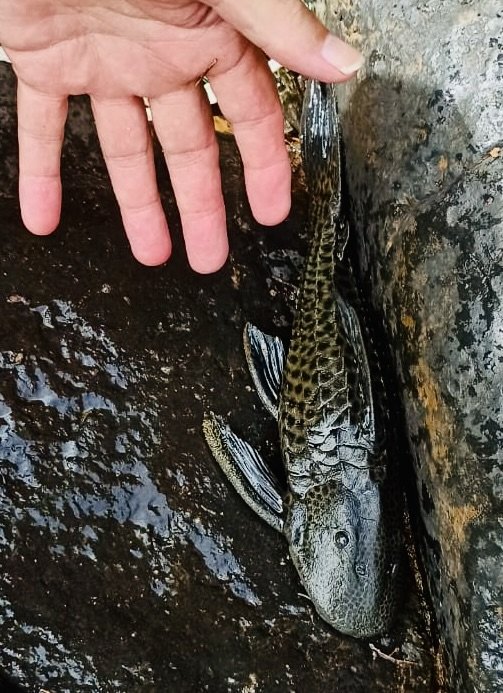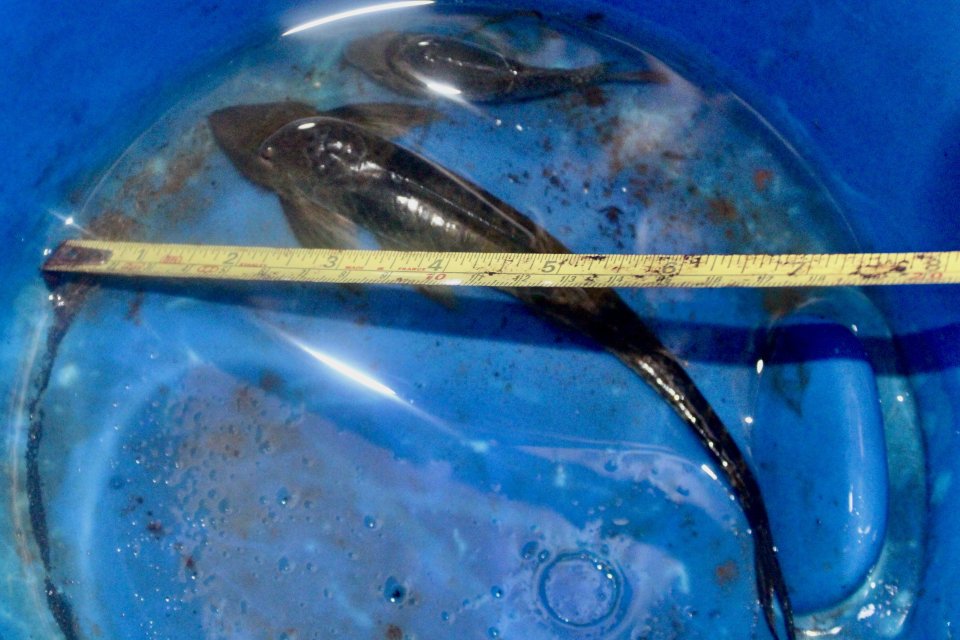Oops, got the error message again. I meant to finish that most or all of our aquarium fish are essentially nuts due to close confinement, especially with other fish.
I'd bet folding money that the number of fish killed by Prochilodus in the Amazon is near zero. Unless the occasional victim is so weakened by something else that it can't simply swim away, a Prochilodus might give the occasional fish a quick smooch but will never have a chance to kill one with kisses. But in a tank? No escape.
I see a niche needing to be filled; we need fish psychologists to talk our fish through their psychoses and help them live long and productive lives.
I'd bet folding money that the number of fish killed by Prochilodus in the Amazon is near zero. Unless the occasional victim is so weakened by something else that it can't simply swim away, a Prochilodus might give the occasional fish a quick smooch but will never have a chance to kill one with kisses. But in a tank? No escape.
I see a niche needing to be filled; we need fish psychologists to talk our fish through their psychoses and help them live long and productive lives.







